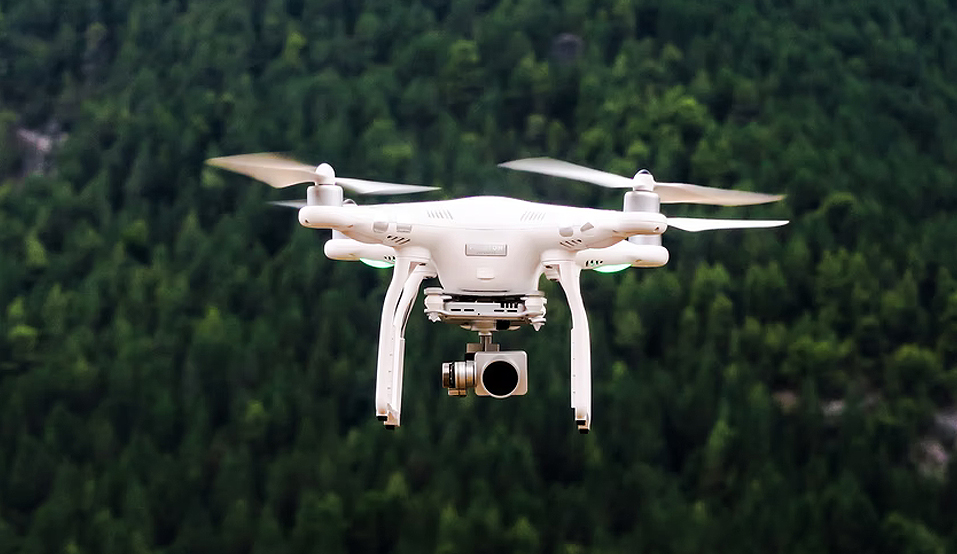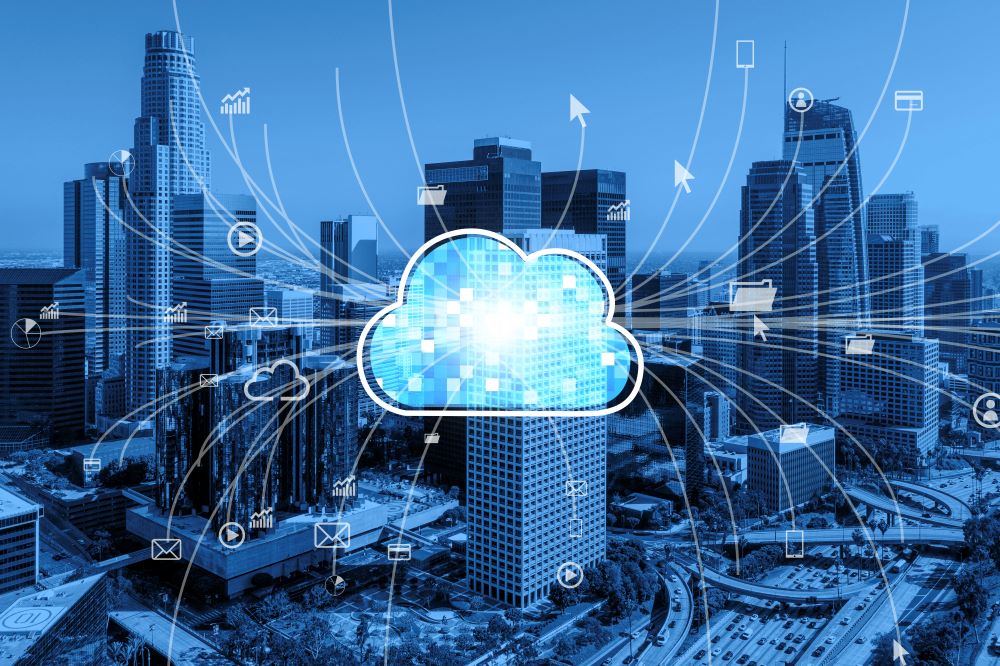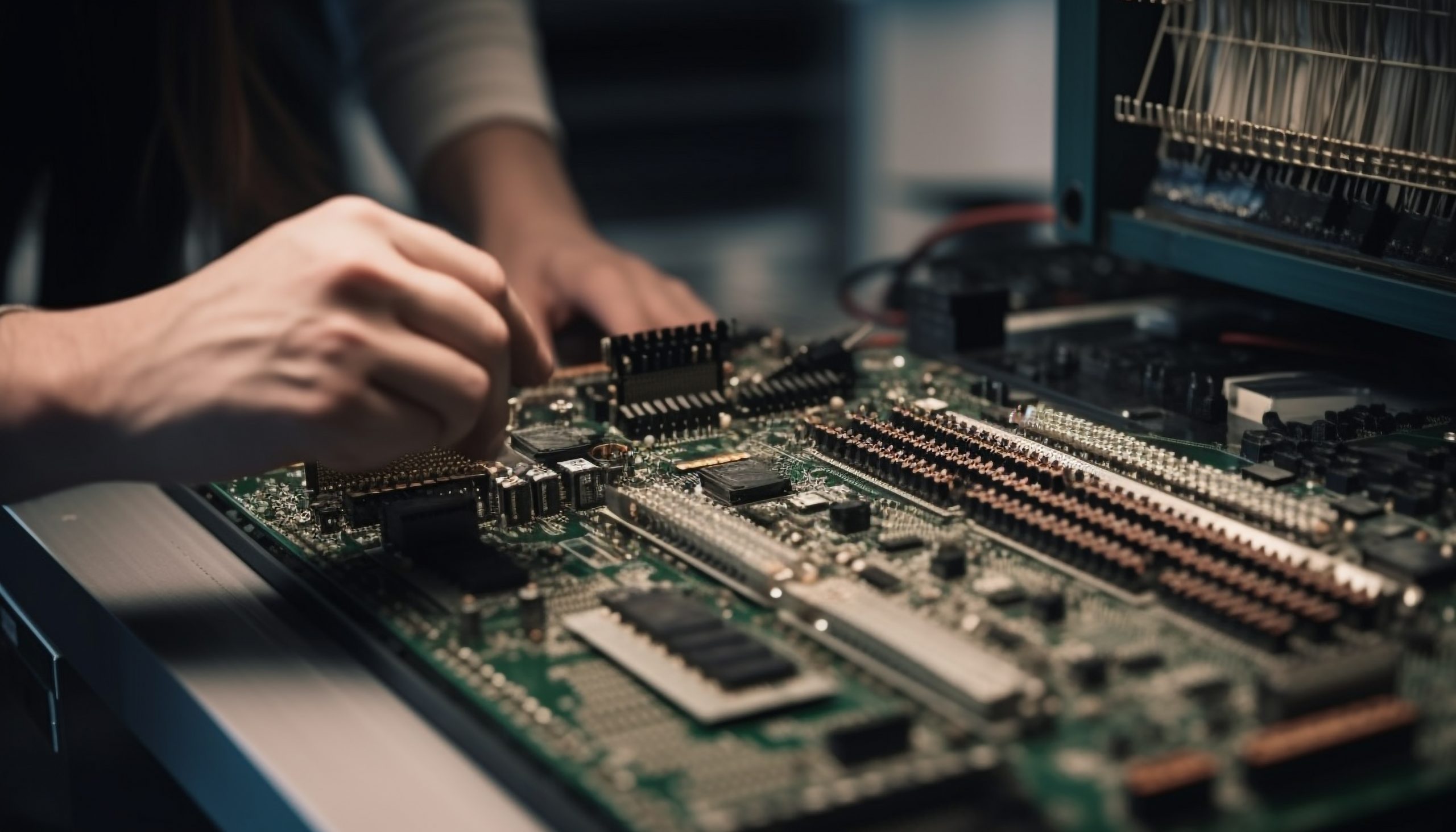

The Covid-19 pandemic changed the way we think about every aspect of life and put e-commerce businesses in a position to reassess their business models. As a result, one sector that made significant advancements during this time has been delivery and postal services and their ability to offer contactless and efficient delivery of goods. The most futuristic option making progress has been drone delivery services.
Drone delivery is quickly becoming a future proponent of the delivery of food, medications, and other online purchases. Major e-commerce and delivery companies are in the process of furthering drone delivery patents to offer timely deliveries with lower costs and far fewer emissions.
While some picture this futuristic delivery option with hope and wonder, others view it with caution and concern. Many legislations have regulated drone usage with these concerns in mind however, it seems that humanity is close to experiencing normalized and frequent drone delivery.
Drones are more commonly associated with videography, used by social media travel influencers, and wedding recording. Delivery drones are unmanned aerial vehicles that have a container attached or the ability to grasp and carry out food, medication, and parcel delivery, right to your front door.
Until recently, drone usage has been met with much legislation and regulation due to concerns around privacy, taking up aviation space, and other safety hazards. Delivery drones function autonomously and in November 2020, the Federal Aviation Association laid out criteria to further the progress of commercial delivery drones.
Major businesses like Amazon, Alphabet, and Walmart all have delivery drone patents as they seek ways to gain a competitive edge on the consumer market with the potential promise to offer fast delivery of goods at minimal costs.
The pizza company, Domino’s, successfully made its first pizza delivery using a delivery drone in New Zealand in November 2016. While everyone loves pizza, drones are already being used by companies like Walgreen’s to deliver prescriptions and pharmacy items to the consumer’s front door, increasing the accessibility to necessary goods.
Within the companies competing to lead the way in drone delivery, there is a further competition to reduce costs and emissions with companies like Alphabet using delivery drones that are powered by electricity instead of fuel.
As previously mentioned, many businesses are hopeful for the ways delivery drones could make parcel delivery much more efficient and accessible for larger customer demographics than those currently reached by standard delivery services. Conversely, there are valid concerns with the potential increase in delivery drone usage.
Because of the concerns listed above, many governments remain hesitant about regulating delivery drone usage until there is more assured knowledge on how this technology can be utilized while minimizing the risks involved.
The Covid-19 pandemic spurred on major e-commerce based companies and governments to reassess and persevere on regulating delivery drones as society seeks ways for contactless shopping methods that are still timely and cost-effective.
Another buzzworthy issue that drone delivery helps address is environmental emissions. With the increase in online e-commerce traffic, emissions from local and global delivery have also increased. Delivery drones offer a much eco-friendlier way to deliver items without the emissions, however, this does raise questions over the sourcing of parts to build the delivery drones and their ability to be reused or recycled.
Some states have approved the regulation of drone delivery and the thought of the economic stimulation that could come from more accessible transport and shopping services has been enticing. For business and retail investors, drone delivery services could be a promising prospect for investments and financial growth in the e-commerce and postal sectors.
While some companies have already started drone delivery of small goods and parcels, there is still plenty of room for development and risk mitigation which is currently in the works.
Drone delivery opens the doors to accessible, efficient, and more environmentally friendly delivery options. While there are still many safety and liability concerns to work out, drone delivery is well on its way to becoming a normalized method of delivery. Keeping an eye on this technological development will be worthwhile.

I’m a Nerd and very proud of it! I love to write about anything Tech related. Subscribe to our blog for helpful tips, tricks & news.




